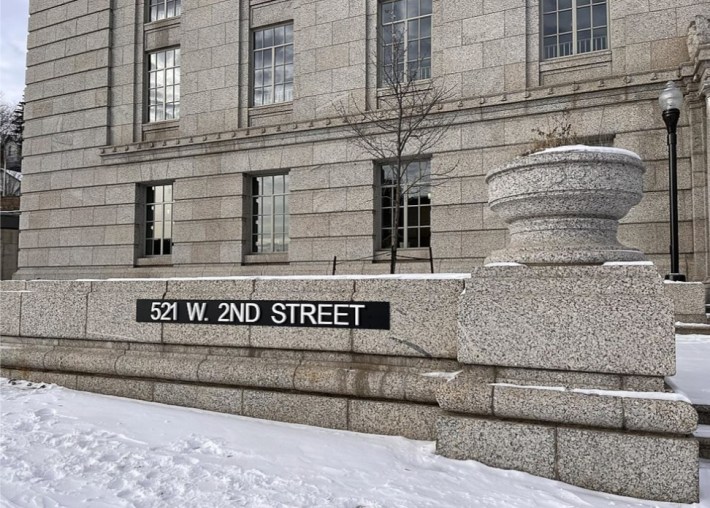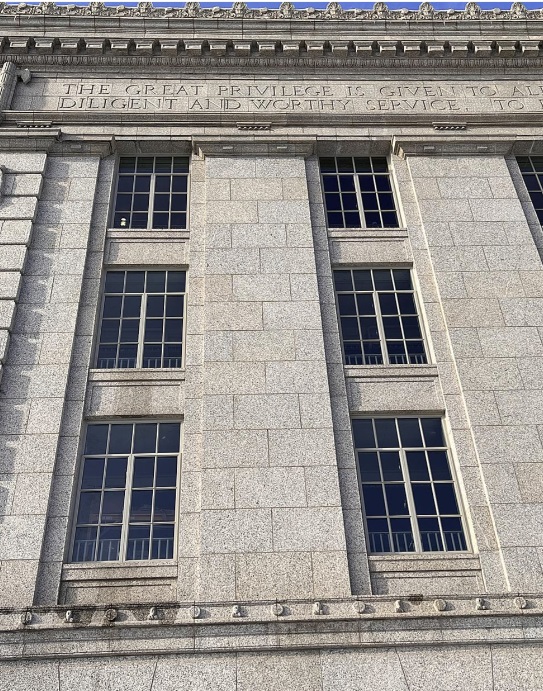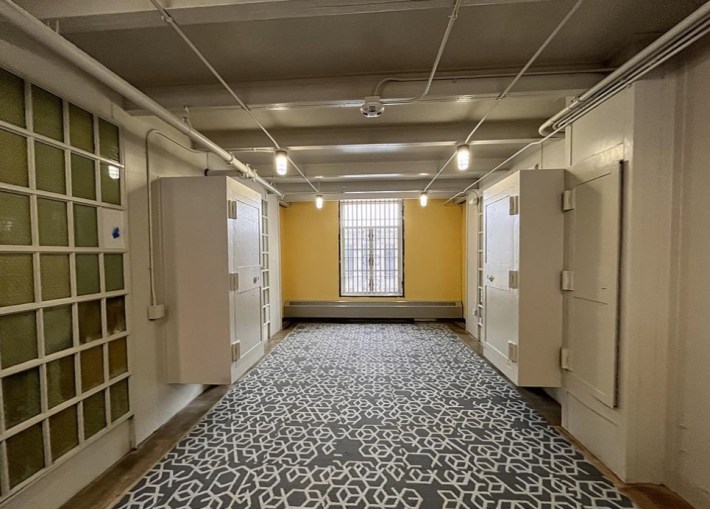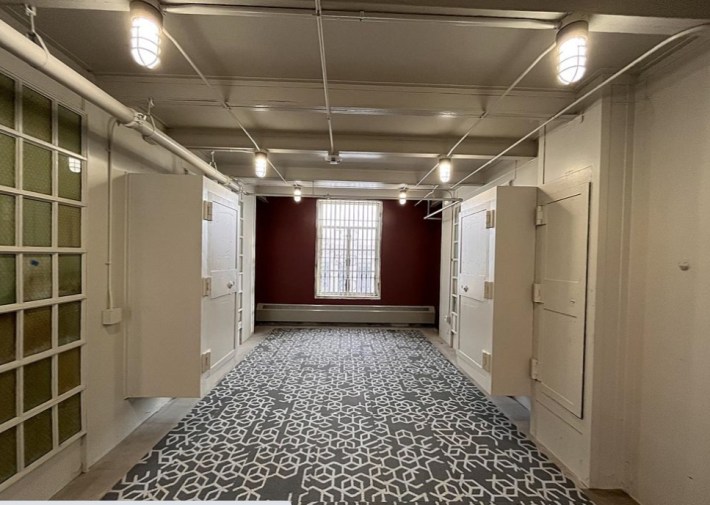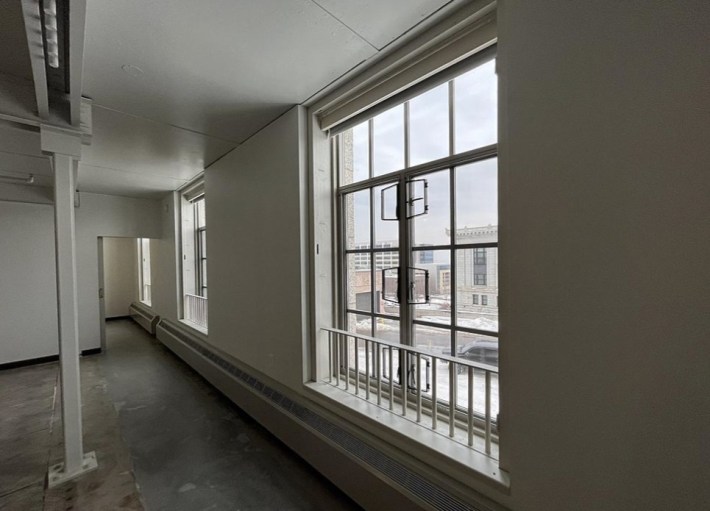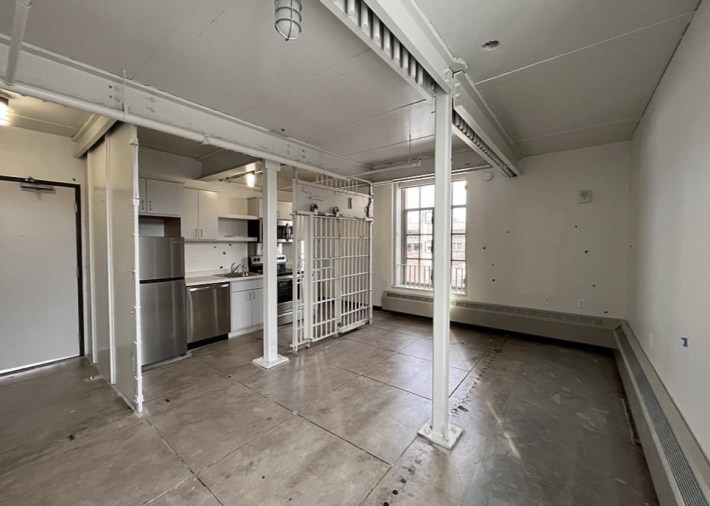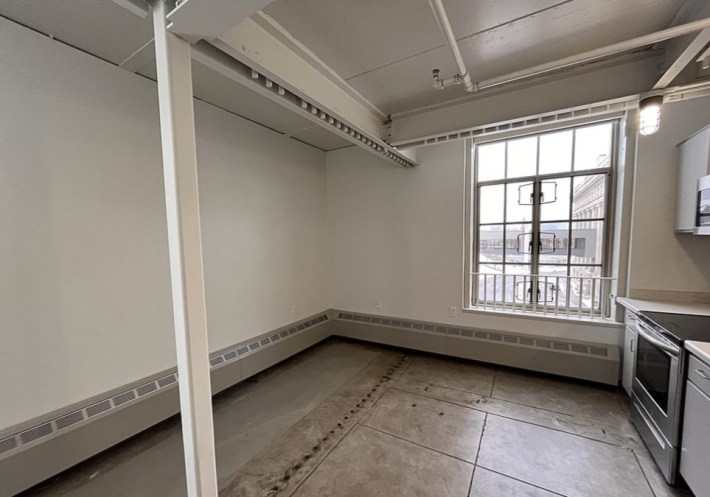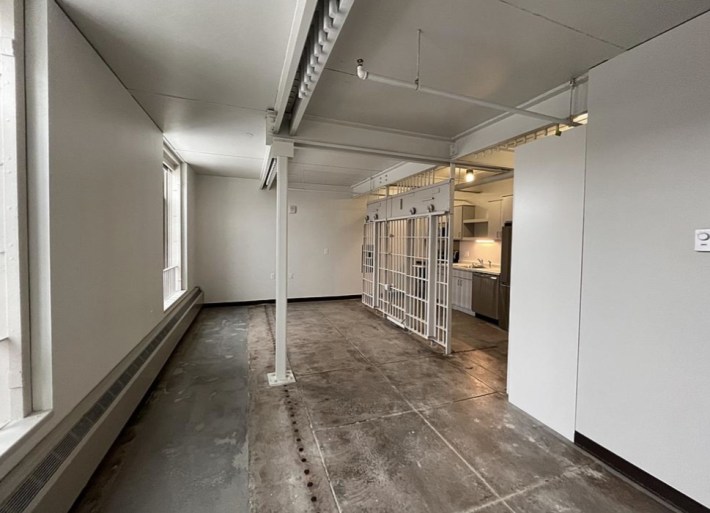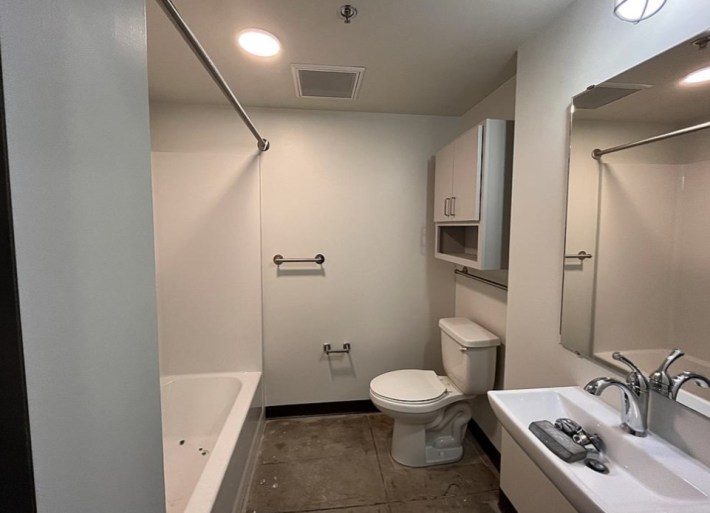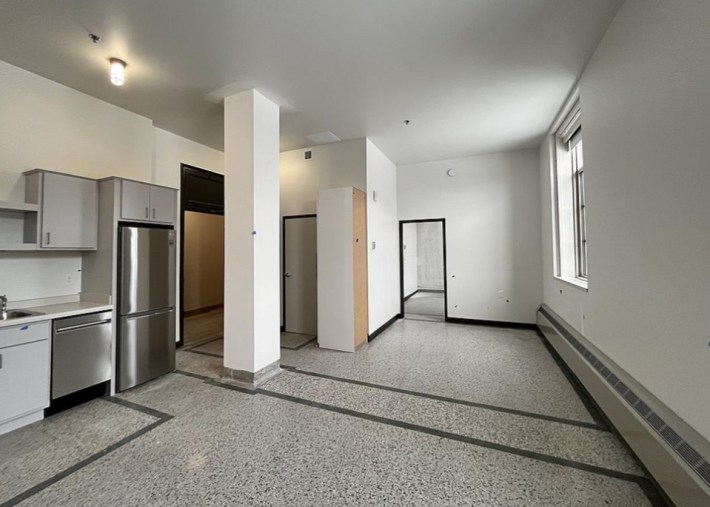"Can the old county jail be saved?"
Perfect Day Duluth asked that of the St. Louis County Jail in 2009, when the county proposed the historic structure from 1923 be leveled to make way for parking lots. The 93-cell jailhouse, which hasn't housed inmates since 1995, appeared multiple times on the Preservation Alliance of Minnesota's "10 Most Endangered Historic Places" list. Pinch-penny county officials really wanted the building leveled, the Duluth News Tribune reported in '08, with one offering the (allegedly exaggerated) observation "there are pieces of [it] falling off."
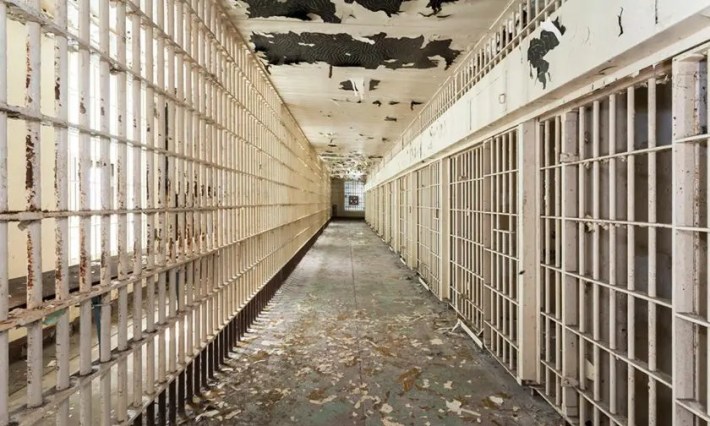
Semi-miraculously, the Duluth Heritage Preservation Commission pushed back and persevered: a 5-4 Duluth City Council vote in 2010 spared the jailhouse the wrecking ball.
Beyond its obvious aesthetic beauty, the 35,000-square-foot building represents an important period of Duluth architectural history. The ol' clink is part of the Duluth Civic Center Historic District, a National Register of Historical Places-recognized constellation of downtown structures that includes the St. Louis County Courthouse, the Duluth City Hall, and the Gerald W. Heaney Federal Building. The City Beautiful-rooted complex, as well as its centerpiece, the courthouse, was dreamed up by famed architect Daniel Burnham, whose notable projects extend from Manhattan (Flatiron Building) to D.C. (Union Station) to the Philippines (Pangasinan Provincial Capitol). A towering Cass Gilbert-designed monument, "Soldiers & Sailors," watches over the Civic Center.
The jailhouse, which was designed by Abraham Olstead and William J. Sullivan in the neoclassical revival style, required a large infusion public cash to be retrofitted for modern use. Developer and co-owner Meghan Elliott tapped into a $1.6 million state historic tax credit, plus almost $800,000 in federal funds, to transform the building from a pigeon-invested eyesore to a 33-unit apartment complex dubbed Leijona.
“It was such a blow to Minnesota when our state historic tax credit expired last year, and literally all new historical redevelopment in Minnesota stopped,” Elliott said at last week's ribbon-cutting ceremony for the $8.5 million restoration. (Gov. Walz recently recently pledged to pump $20.9 million back into the program, thus bringing it back to life.)
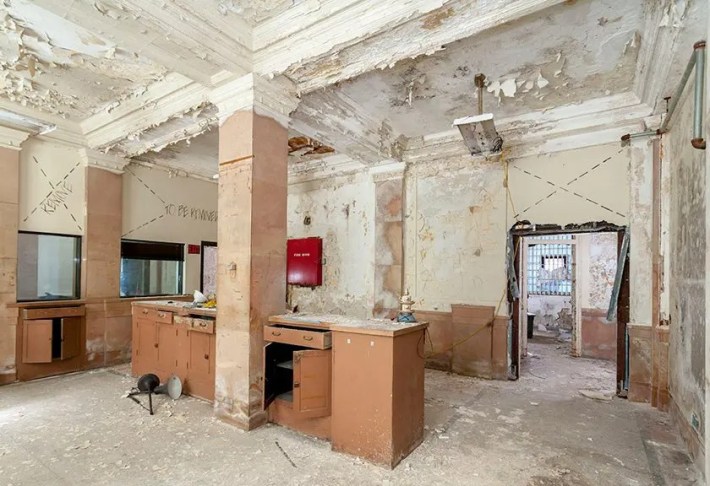
During construction 170 tons of steel were yanked from Leijona, though the complex winkingly leans into its past—to the chagrin of some armchair architectural critics. The most eye-popping carceral accent is the presence of kitchen cell bars; the bars toward the center of the building remain an "integral part of the original structural design," according to Minneapolis-based design firm LHB, Inc. "From jailhouse to your house," is just some of the cheeky copy on the Leijona website, where applications are now open for units ranging from $895 to $1,915 per month. (Some of the apartments are reserved for income-qualified tenants whose salaries don't exceed 60-70% of the median area income.) Should the lingering aura of incarcerated human misery creep into your head... just take the Carl approach.
Arguments of cost and tastefulness aside, we're major advocates of historical preservation, and the Leijona template seems like a no-brainer approach to helping save cities from the ubiquitous, ugly 5-over-1 new construction style or, worse yet, lifeless parking lots. Enjoy the following photo tour of the finished product:

